
F-Zero GX is a 2003 racing video game developed by Amusement Vision and published by Nintendo for the GameCube console. It runs on an enhanced version of the engine used in Super Monkey Ball. F-Zero AX, the arcade counterpart of GX, uses the Triforce arcade system board conceived from a business alliance between Nintendo, Namco and Sega. Published by Sega, it was released alongside GX in 2003.
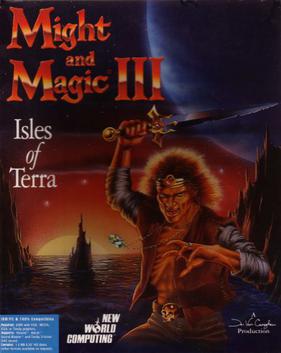
Might and Magic III: Isles of Terra is the third game in the role-playing video game series Might and Magic. Released in 1991, it is the predecessor to Might and Magic IV: Clouds of Xeen and the sequel to Might and Magic II: Gates to Another World. A Sega Genesis version was developed, but never released.

Grand Prix 2, released in North America as "Grand Prix II", is a racing simulator released by MicroProse in 1996. It is a sequel to Formula One Grand Prix. It was made under an official FIA license that featured the Formula One 1994 season, with all of the circuits, teams, drivers and cars. The cars were painted with liveries reflecting the races that did not allow tobacco and alcohol sponsors.
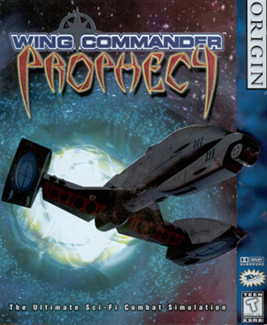
Wing Commander: Prophecy is the fifth installment in the Wing Commander science fiction space combat simulator franchise of computer games. The game was released in 1997 for Windows, produced by Origin Systems and distributed by Electronic Arts. In 2003, a Game Boy Advance conversion with added multiplayer was produced by Italy-based Raylight Studios and distributed by Destination Software.
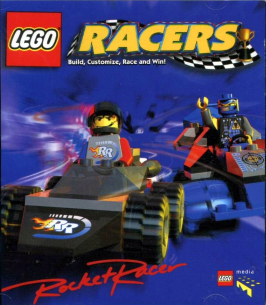
Lego Racers is a 1999 Lego-themed racing video game developed by High Voltage Software and published by Lego Media for Microsoft Windows, followed by console ports to Nintendo 64 and PlayStation.

TOCA: Touring Car Championship is a 3D racing video game licensed by series organisers TOCA, and developed and published by Codemasters for the PlayStation and Microsoft Windows platforms in 1997-1998. It was re-released by Codemasters for the Game Boy Color in 2000. It was the first entry in the eponymous series and was followed by TOCA 2 Touring Cars in 1998. The player takes control of a driver who races for one of the eight works teams that contested the 1997 British Touring Car Championship against fifteen AI competitors on one of the nine championship circuits. A championship mode is available for players with the objective of earning points to continue competing and unlocking new features.

Indianapolis 500: The Simulation is a 1989 computer game for MS-DOS. It was hailed as the first step of differentiating racing games from the arcade realm and into racing simulation. It was developed by the Papyrus Design Group, and distributed by Electronic Arts. An Amiga port was released in 1990.

Ayrton Senna's Super Monaco GP II is an arcade-style Formula One racing video game developed and manufactured by Sega for the Genesis/Mega Drive, Master System, and the Game Gear in 1992. It is a follow-up to Super Monaco GP. The game was also endorsed by, and had technical input from, the then-Formula One champion Ayrton Senna. Gameplay includes a World Championship season featuring recreations of the tracks in the 1991 Formula One World Championship, along with a three-race "Senna GP" mode set on fictional tracks.

Combat Cars is a vehicular combat racing game developed and published by Accolade and released for the Sega Genesis in 1994.

GP Challenge is a 1998 Formula One racing game by Midas Interactive Entertainment. The game features teams from the 1998 season, but the circuits are based on the 1994 season. From the game's Main Menu: One can choose between a Single Race mode, or to go to the Options Menu.
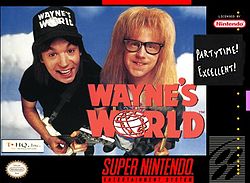
Wayne's World is an action video game based on the film of the same name and released in 1993 by THQ. Different versions of the game were released; the NES and Game Boy games were developed by Radical Entertainment and feature both protagonists Wayne and Garth as playable characters. The Super NES and Sega Mega Drive/Genesis games were developed by Gray Matter and feature only Wayne as a playable character.

Cyber Sled is a vehicular combat video game developed and published by Namco. It was originally released for arcades in 1993. The game's perspective is third-person by default, but can be switched to a first-person perspective. The game was nominated for Most Innovative New Technology at the 1994 AMOA Awards. It later received a sequel in 1994, Cyber Commando.

Cyber Speedway is a 1995 racing video game developed by Nextech and published by Sega for the Sega Saturn.
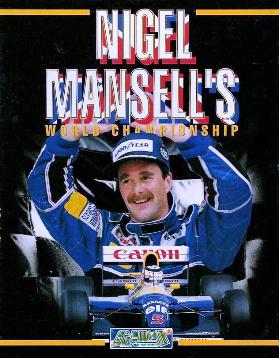
Nigel Mansell's World Championship Racing is an arcade-style Formula One racing video game developed by Gremlin Graphics and released for various systems. The game was largely successful on Amiga and DOS platforms, and was consequently ported to home consoles.
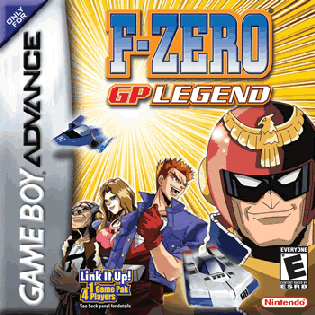
F-Zero: GP Legend is a futuristic racing video game for the Game Boy Advance handheld. Developed by Suzak Inc., it was released in Japan in 2003 and in Europe and North America in 2004.
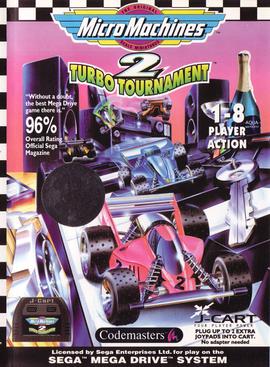
Micro Machines 2: Turbo Tournament is a 1994 racing video game developed by Supersonic Software and published by Codemasters for the Sega Mega Drive. The sequel to Micro Machines, the game is themed around Galoob's Micro Machines toys, and players race around environments in miniature toy vehicles. Micro Machines 2: Turbo Tournament adds new vehicles and game modes, and the Mega Drive version was released on J-Cart, enabling up to eight players without a multitap.

The Lost Vikings is a puzzle-platform game developed by Silicon & Synapse and published by Interplay. It was originally released for the Super NES in 1993, then subsequently released for the Amiga, Amiga CD32, MS-DOS, and Mega Drive/Genesis. The Mega Drive/Genesis version contains five stages not present in any other version of the game, and can also be played by three players simultaneously. Blizzard re-released the game for the Game Boy Advance in 2003. In 2014, the game was added to Battle.net as a free download emulated through DOSBox. In celebration of the company's 30th anniversary, The Lost Vikings was re-released for Microsoft Windows, Nintendo Switch, PlayStation 4 and Xbox One as part of the Blizzard Arcade Collection in February 2021.

Pitstop is a 1983 racing video game developed and published by Epyx for the Atari 8-bit computers, ColecoVision, Coleco Adam, and Commodore 64. A sequel, Pitstop II, was released in 1984.
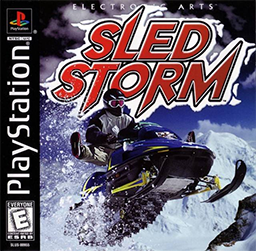
Sled Storm is a snowmobile racing video game published and developed by Electronic Arts. It gained critical acclaim due to its original concept of being one of the first snowmobile racing titles.
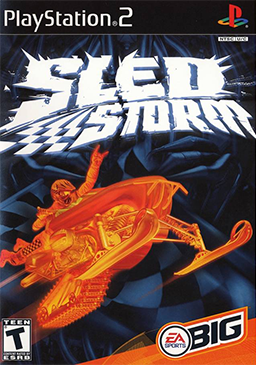
Sled Storm, sometimes mislabeled as Sled Storm 2, is a snowmobile racing video game for the PlayStation 2 developed by EA Canada and published by Electronic Arts under the EA Sports BIG label. Released in 2002, it is a sequel to the PlayStation game of the same name. The gameplay is more similar to SSX, even featuring characters from that series as playable guest characters.






















